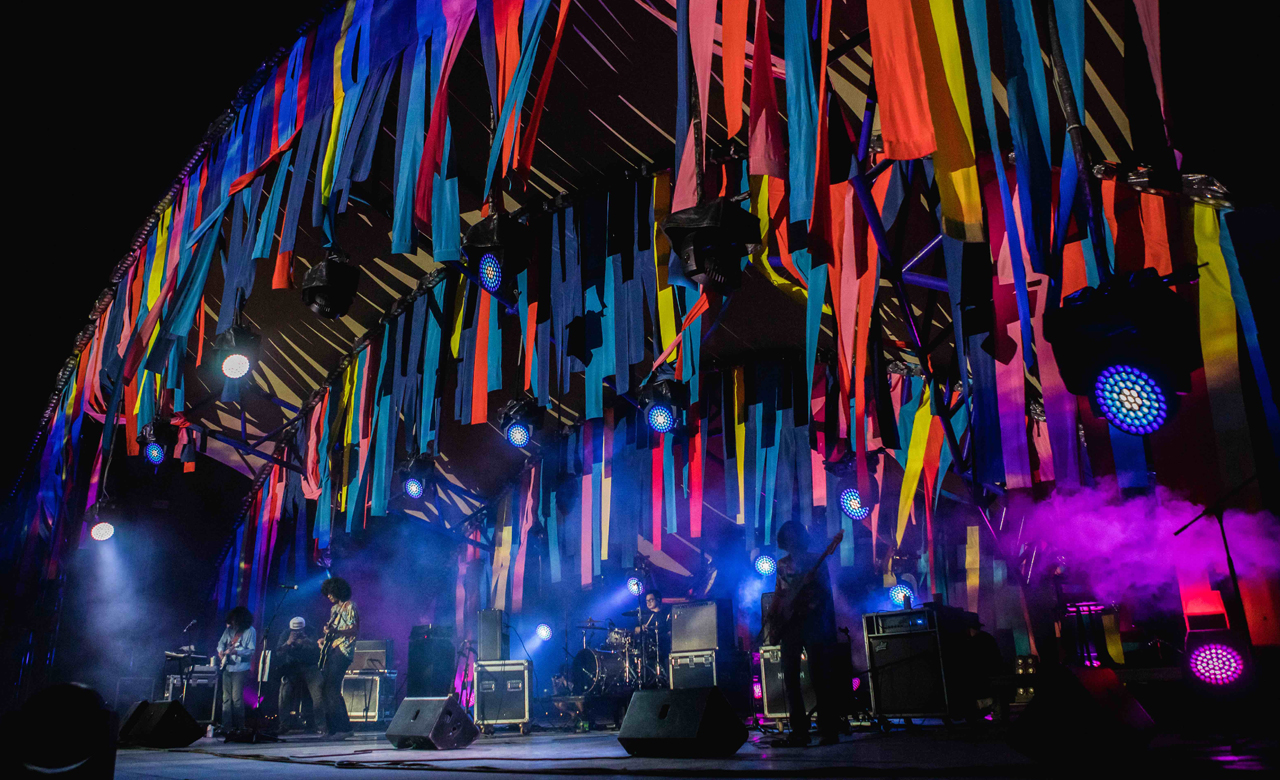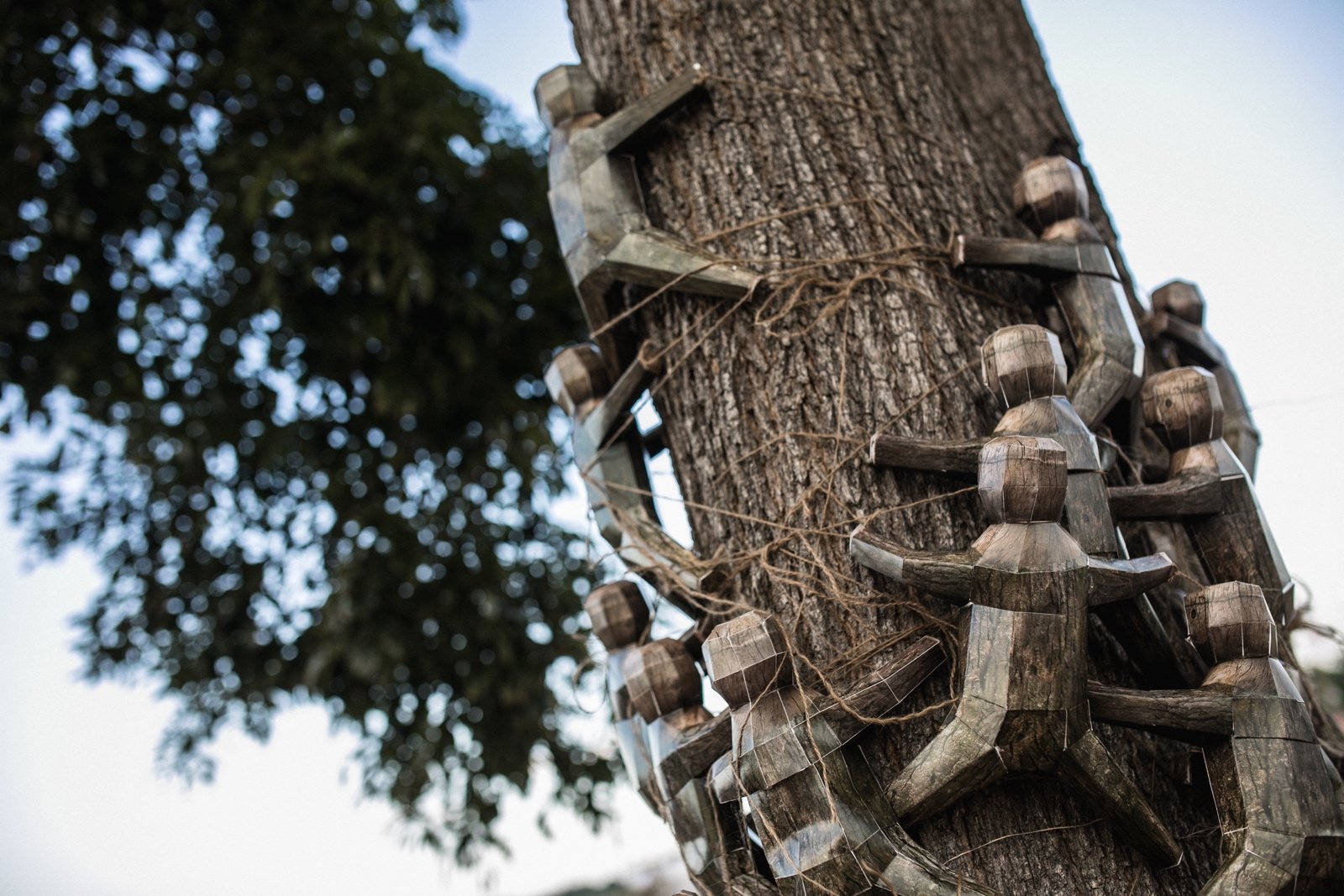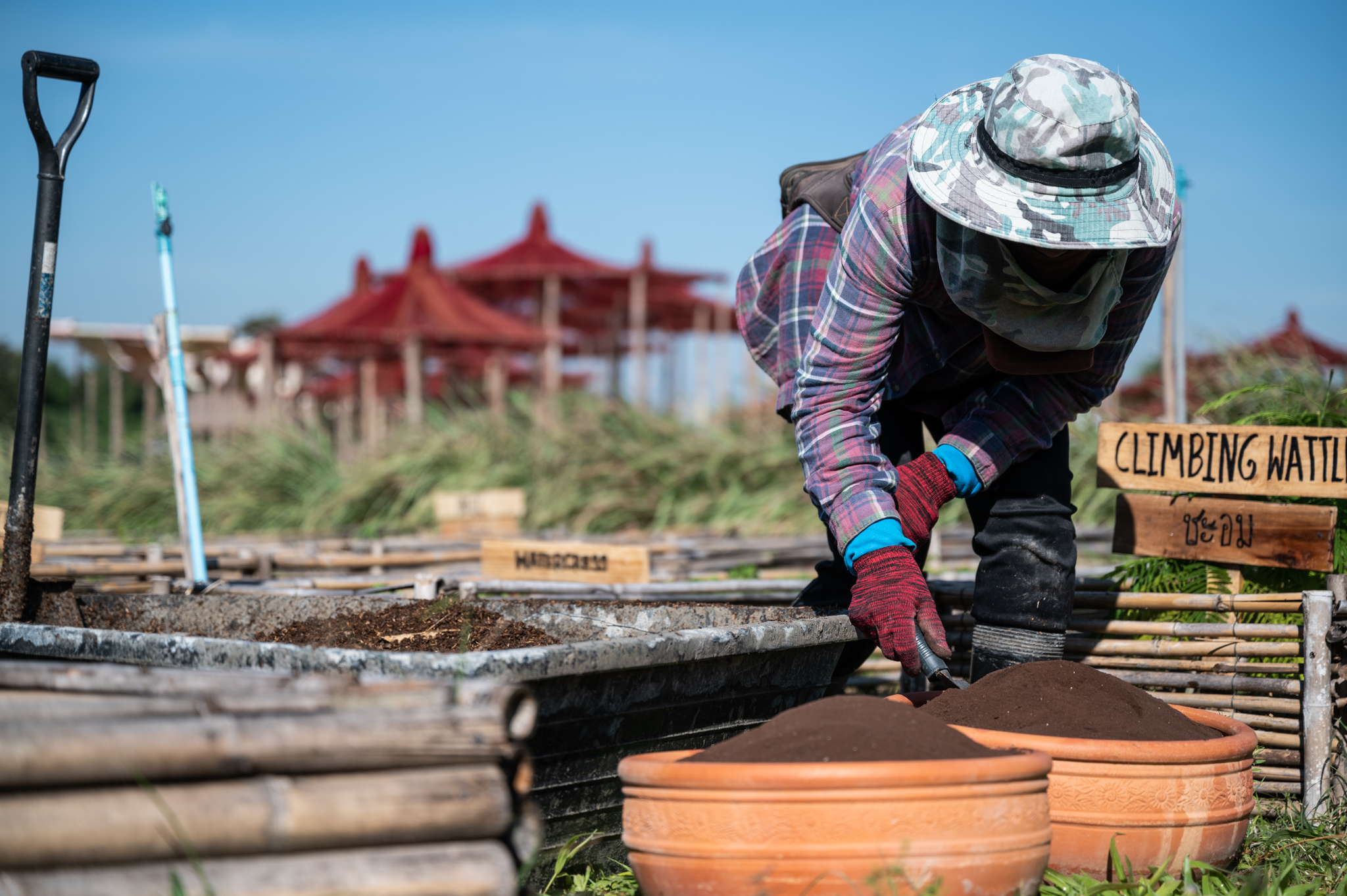Grass is a superhero.
The poaceae family of grass species contains over 11,000 known and identified plants, with many more yet to be discovered. This powerhouse of plants spans a spectrum from rice and barley to bamboo and sugar. The family includes the most economically important plant species in the world, and supplies more than 50% of the world’s food.
Grass species are also some of the most efficient absorbers of CO2 in the atmosphere, and are responsible for sequestering carbon into the soil. If you consider that every blade of grass is a leaf, the carbon absorption potential compared with forests and trees makes sense.
In our natural playground, The Fields, we love to experiment with different ways to ensure the biodiversity and health of the environment with as little human intervention as possible. In our ongoing research and experimentation, grasses continue to show up as simple, reliable solutions to many of the landscaping and farming challenges we face.
There are three species of grass that play a critical role in the health and future of The Fields:
This hardy, fast-growing perennial creates dense thickets that help demarcate boundaries in The Fields, and forms a natural barrier against sound, dust, and wildlife. Elsewhere, Napier grass is used as a source of biofuel from ethanol, and as feed for livestock.
What more should we say? We love bamboo so much that it’s the basis for the majority of built structures in The Fields. We write all about it a lot, like here and here.
Long preferred as a source of aromatic oils for fragrance, the bunchgrass pushes densely-packed, fine roots perfect for securing and stabilizing land—and with an incredible tolerance for heavy metals and contaminants, those roots work hard to restore the health of the soil. In The Fields, Vetiver reinforces the edge of the lakes to prevent erosion and protect the water contained within.
There are some 11,000 more species of grass keeping the world fed, biologically diverse, green, and clean. We can’t wait to get to know them all.



